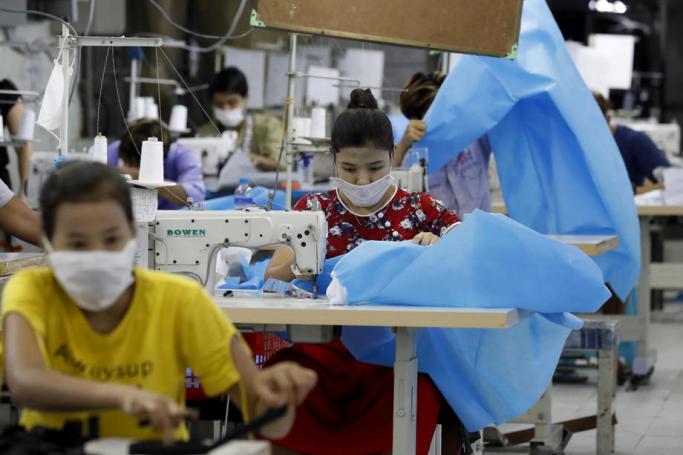The International Labour Organisation (ILO) says that Myanmar is still deeply affected by job losses 18 months after the February 2021 coup and two and a half years since the start of the COVID 19 pandemic.
The comments were made in an ILO briefing on Myanmar released on 1 August 2022.
According to the ILO in the first half of 2022, labour productivity contracted a further 2 per cent, adding to an 8 per cent contraction in 2021, reversing the strong gains that had been made in years prior to the military takeover.
The quality of jobs is under serious strain. Labour conditions are deteriorating for many workers with serious violations of labour rights as referred to in decisions of the ILO Committee on Freedom of Association, ILO Governing Body and in the International Labour Conference Resolution of 2021.
The situation has taken a toll on enterprises and workers in key sectors. In the garment industry, evidence points to an increase in casual or daily labour, irregular working hours and workers receiving lower pay. ILO research also shows that more widely, entitlements such as severance pay when workers’ jobs are terminated are also often not granted.
In agriculture, real incomes of farmers have been squeezed by rising import prices of key inputs including fertilizer, fuel and livestock feed. The recovery in tourism and hospitality has been limited through the first part of the year.
The ILO estimates that 1.1 million fewer women and men are employed compared to 2020, which indicates a small recovery in jobs in the first half of 2022. However, employment remains well below 2020 levels while the quality of jobs is deteriorating.
“Eighteen months on from the military takeover, the employment situation in Myanmar remains very difficult. While there are limited signs of job growth, the ongoing erosion of labour conditions and the decrease in job quality is deeply concerning”, said Mr. Donglin Li, the ILO Myanmar Liaison Officer.
An estimated 19.3 million women and men were employed in the first half of 2022, compared to an estimated 18.6 million in 2021 and 20.4 million in 2020.
Women are also more affected than men overall. In the first half of 2022, total employment is estimated to have been 5.4 per cent below the level estimated for 2020, while the corresponding figure is 6.5 per cent for female employment.
Rising fuel and food prices are also placing greater pressure on the economy and affecting livelihoods.












